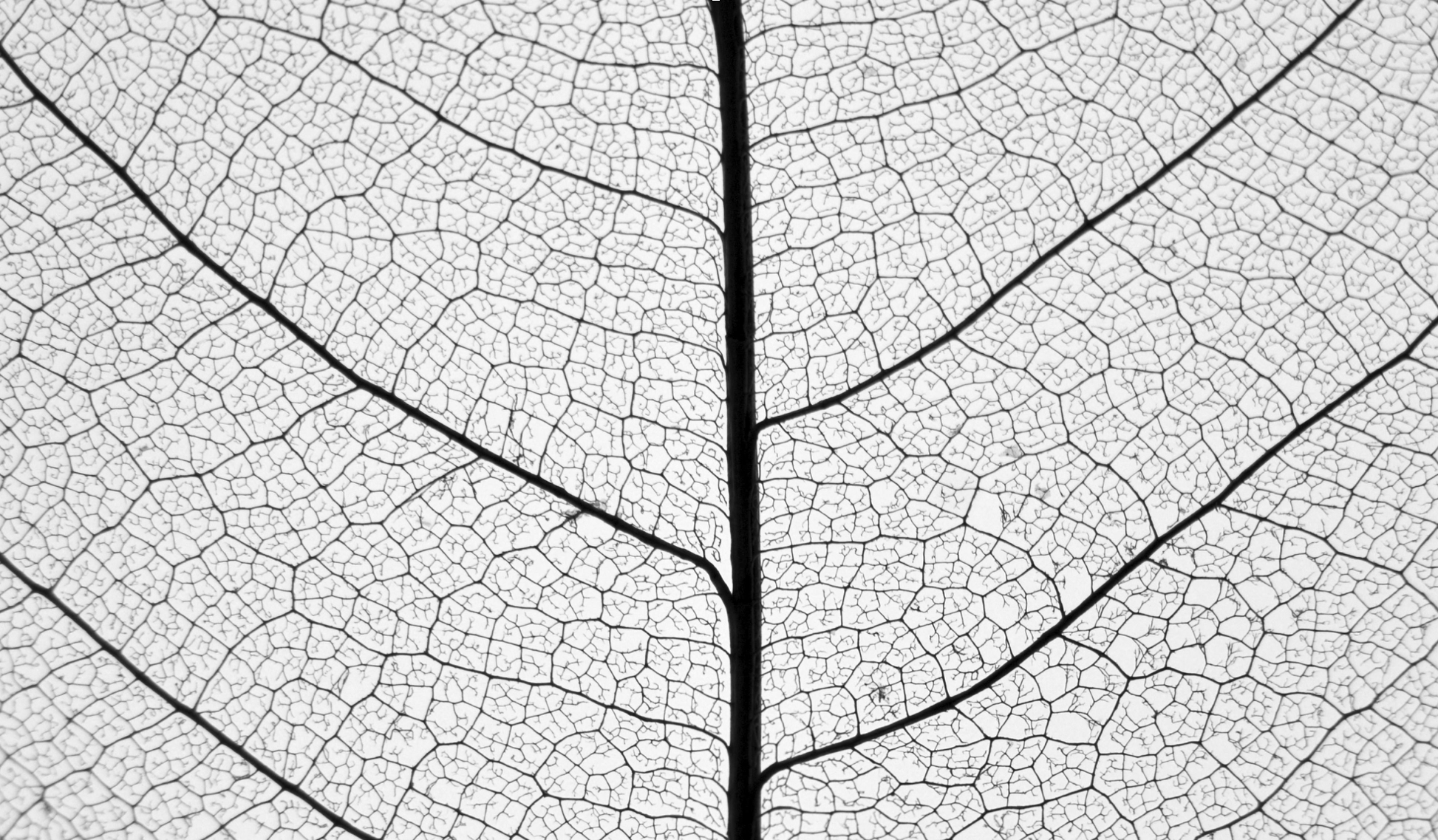
Panarchistic Architecture :: Chapter #4 [4.1]
Citation: Sterry, M. L., (2018) Panarchistic Architecture: Building Wildland-Urban Interface Resilience to Wildfire through Design Thinking, Practice and Building Codes Modelled on Ecological Systems Theory. PhD Thesis, Advanced Virtual and Technological Architecture Research [AVATAR] group, University of Greenwich, London.
4.1.2 Atoms of Fire: An Abiotic Alchemist
“we trouble our selves to examine by what Prometheus the Element of Fire comes to be fetcht down from above the Regions of the Air, in what Cells or Boxes it is kept, and what Epimetheus lets it go.” Hooke, 1664, p.43
Fire, to quote Stephen Pyne, “is not a stray chemical reaction free-floating around the planet” (Pyne, 2012, p.14). A bio-chemical reaction it may be, but in order to understand fire’s behaviour, together with biology, and chemistry, we need to embrace physics. Topography and atmospheric conditions choreograph fire in open landscapes. Gradients guide the speed and the direction of fire, as does wind. Biota not merely fuels fire, it curates it. The type, arrangement, density, and volume of hydrocarbons greatly influences how fire behaves. Precipitation, solar heat and humidity, and over not merely hours, or days, but weeks, months, years, decades, and even centuries, define the rhythmic cycles to which fire dances. In the words of Pyne,“it takes its character from its context… Fire is what its environment makes it”. But,the opposite is equally true (Ibidem, p.13).
Fire plays a fundamental role in the geological cycling of several elements (Bowman et al, 2009; Lenihan et al, 1998; deBano 1990), changing their form, distribution, and quantity within ecosystems. Heat tolerance within these elements is varied: when soil heats to 200°C nitrogen loss begins, whereas sulphur endures to 375°C, potassium and phosphorous to 774°C, with calcium and manganese vaporizing at temperatures above 1,000°C (Schneider and Breedlove, n.d). Thus, each wildfire encodes a molecular signature within the environment that while invisible to the naked eye, is legible to they who know where and how to read the code. Ecologically, fire’s recycling of elements is imperative to the coding of life itself, for phosphorus is central to the creation of DNA, cell membranes, and bones (Cho, 2013), and thus its distribution, and redistribution, time and again, has ensured that the many, not the few species have accessed this elemental elixir. However, fire not merely reconfigures elements, but atmospheric conditions: it creates its own weather.
Harnessing the potential of the emergence, thereon convergence of remote sensing and communications technologies, including satellite and Laser Imaging Detection and Ranging [Lidar] systems, fire meteorologists are starting to reveal the mechanical forces at work within wildfire weather systems. Operating in the near infrared and sensitive to backscatter from atmospheric aerosols, Doppler Lidar [DL] traces the direction and the speed of wind fields (ARM Climate Research Facility, 2017), thus enables the modelling of the internal air currents in wildfire plumes. Together with satellite data, and field observations, since 2011, DL has enabled the interrogation of how elements, including water, shape wildfire behaviour and the legacies it creates (Lareau and Clements, 2016; Clements et al, 2015; Charland and Clements, 2013) [Fig. 13]. Hypothetically, as in storm systems, such as hurricanes, as water vapour rises, condenses, thereon releases heat in the process, thus warming its surroundings, it strengthens updrafts in wildfire plumes (Potter, 2005). Put another way, water vapour plays a fundamental role in fire’s ‘respiratory system’, enabling it to draw oxygen down from far above. Bringing context to the potential impact thereof: it takes an estimated 5.66 m3 of air per 0.454kg of fuel to facilitate combustion (Schneider and Breedlove, n.d). Both laboratory and field experiments have evidenced that when biota combusts it releases pulses of water vapour, along with carbon dioxide (Clements et al, 2005, 2006; Parmar et al. 2008), the sum of which make up 90%> of the smoke emitted from a forest fire (Schneider and Breedlove, n.d). While a theory still much in progress, the data does appear to suggest that the very same element [H2O] often used to put a fire out, is that which helps propel and propagate fire in and across landscapes.
State of the PyroScience
In August 2016, precipitation and radar scientist David Kingsmill and his pilot flew their research aircraft, N2UW, to where none had ventured before, that being directly into a wildfire smoke plume. Below, the Pioneer Fire, its flames towering some 100 feet high, had engulfed tens of thousands of acres of the Boise National Forest, Idaho. Above, at 35,000 feet, the fire’s smoke plume had reached the stratosphere. Equipped with a wide array of monitoring devices, as the plane flew into the plume, data was being live-streamed to the fire meteorology department at San Jose State University. Remotely, Kingsmill’s research partner, Craig Clements, was receiving data including radar reflections, gas concentrations, and the size of cloud droplets, which collectively provided never-before-seen insight into the structure of a wildfire plume. All the while, N2UW and its two-man crew were caught in the eye of the wildfire storm, its instrumentation reading an updraft of 80 mph, followed by turbulence. The findings built on earlier research by Kingsmill, Clements, and several of their fire meteorology peers, helping to illuminate how wildfires breathe (Fox, 2017).
>Continue to Chapter 4.13 here.
The thesis is also available in PDF format, downloadable in several parts on Academia and Researchgate.
Note that figures have been removed from the digital version hosted on this site, but are included in the PDFs available at the links above.
Citation: Sterry, M. L., (2018) Panarchistic Architecture: Building Wildland-Urban Interface Resilience to Wildfire through Design Thinking, Practice and Building Codes Modelled on Ecological Systems Theory. PhD Thesis, Advanced Virtual and Technological Architecture Research [AVATAR] group, University of Greenwich, London.
